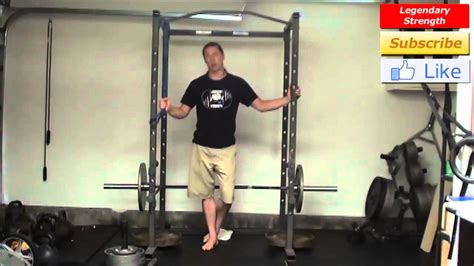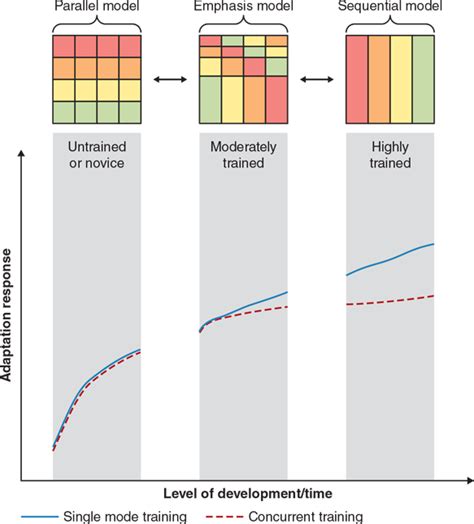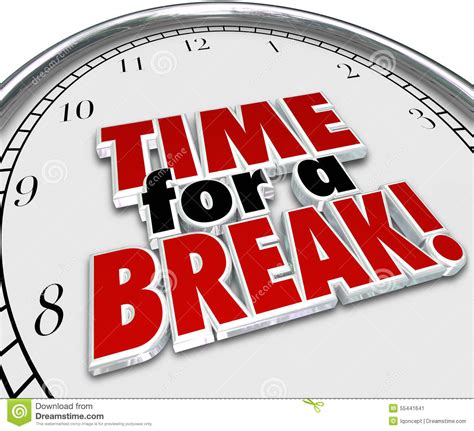Stuck on a strength plateau? What periodization strategy unlocks peak muscle & performance gains?

Every dedicated lifter eventually faces it: the dreaded strength plateau. You’ve been grinding, consistent with your workouts, yet the numbers on the bar refuse to budge, and your muscle gains seem to have stalled. It’s frustrating, demotivating, and a sign that your body has adapted to your current training stimulus. But don’t throw in the towel just yet. The key to breaking through these walls and unlocking new levels of muscle growth and performance lies not in simply working harder, but in working smarter – by strategically varying your training through periodization.

What is Periodization?
Periodization is a systematic approach to training that involves dividing your training year into specific phases or ‘blocks,’ each with a distinct focus. Instead of doing the same workout routine week after week, periodization manipulates variables like volume (sets x reps), intensity (weight lifted), exercise selection, and rest periods over time. The goal is to optimize adaptation, prevent overtraining, minimize injury risk, and ensure peak performance when it matters most, whether that’s for a competition or simply achieving a personal best.
Think of it as a meticulously planned roadmap for your fitness journey. Without it, you might be driving in circles; with it, you’re on a direct path to your destination, making strategic stops for fuel and maintenance.
Types of Periodization Strategies
While the core principle of varying training holds true, different periodization models offer distinct advantages. Understanding each can help you choose the best fit for your goals and experience level.

Linear Periodization
Linear periodization is perhaps the most traditional and easiest to understand. It involves a gradual progression from high volume/low intensity to low volume/high intensity over a training cycle (e.g., 8-12 weeks). For example, you might start with 3-4 weeks of higher reps (e.g., 10-12 reps) with moderate weight, then transition to 3-4 weeks of moderate reps (e.g., 6-8 reps) with heavier weight, and finally conclude with 1-2 weeks of very low reps (e.g., 1-5 reps) with maximal weight.
- Pros: Simple to implement, effective for beginners and intermediate lifters, builds a strong base.
- Cons: Can be slow to adapt, might not be optimal for advanced lifters who need more frequent stimulus changes.
Undulating Periodization (DUP)
Undulating periodization, also known as Non-Linear Periodization, involves more frequent (daily or weekly) fluctuations in training variables. Instead of progressing linearly over weeks, you might vary intensity and volume within a single week or even a single session. For example, Monday could be a heavy, low-rep day, Wednesday a moderate volume/intensity day, and Friday a high-volume/low-intensity day.
- Pros: Keeps the body constantly adapting, excellent for breaking plateaus, maintains multiple fitness qualities (strength, hypertrophy, endurance) simultaneously, great for advanced lifters.
- Cons: Requires more careful planning, can be complex for beginners.

Block Periodization
Block periodization organizes training into distinct, sequential blocks, each focusing on a specific physiological adaptation (e.g., hypertrophy, strength, power, tapering). Each block typically lasts 2-4 weeks. For example, an athlete might spend 4 weeks building muscle mass (hypertrophy block), followed by 4 weeks focusing on pure strength (strength block), and then 2 weeks on power development (power block) before a competition (tapering block).
- Pros: Highly effective for advanced athletes peaking for specific events, allows for deep focus on one adaptation at a time.
- Cons: Less ideal for general fitness goals that require maintaining multiple qualities, can lead to detraining of qualities not being focused on.
Choosing the Right Strategy for You
The ‘best’ periodization strategy depends on several factors:
- Your Experience Level: Beginners often benefit most from linear periodization due to its simplicity and effectiveness in building a foundational strength base. More advanced lifters, whose bodies adapt faster, might find DUP or Block periodization more effective for continued progress.
- Your Goals: Are you trying to maximize strength for a powerlifting meet, build muscle for aesthetics, or improve overall athletic performance? Your goals will dictate which model aligns best.
- Time Commitment: Some strategies require more frequent changes and therefore more meticulous planning.
Implementing Periodization Effectively
Regardless of the strategy you choose, effective implementation is crucial:
- Set Clear Goals: Define what you want to achieve in the next 8-12 weeks.
- Plan Your Cycles: Outline the specific phases, duration, and key variables (volume, intensity, exercise selection) for each.
- Track Everything: Log your weights, reps, sets, and perceived effort. This data is invaluable for assessing progress and making informed adjustments.
- Listen to Your Body: Periodization helps prevent overtraining, but you still need to be mindful of fatigue and adjust as needed.
- Prioritize Recovery: Adequate sleep, nutrition, and rest days are as critical as the training itself.

Breaking through a strength plateau isn’t about magical supplements or secret exercises; it’s about a well-thought-out, scientific approach to training. By embracing periodization, you move beyond random workouts and adopt a strategic plan that keeps your body adapting, growing, and performing at its peak. So, choose your strategy, commit to the process, and prepare to unlock your true strength and muscle-building potential.









